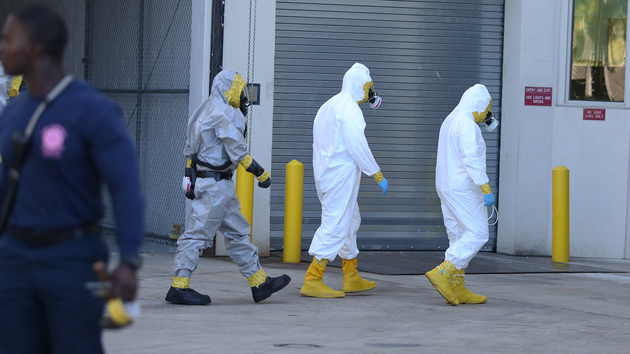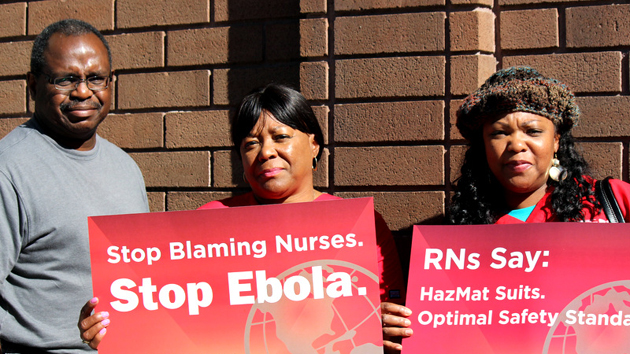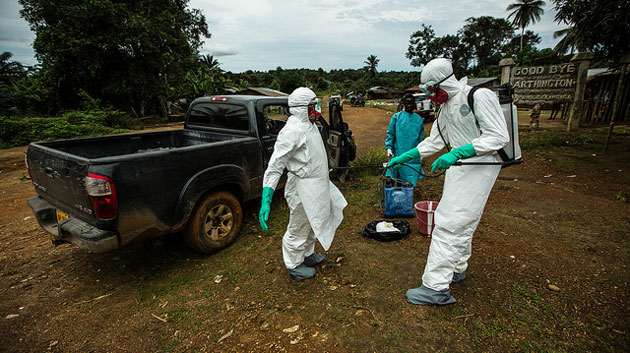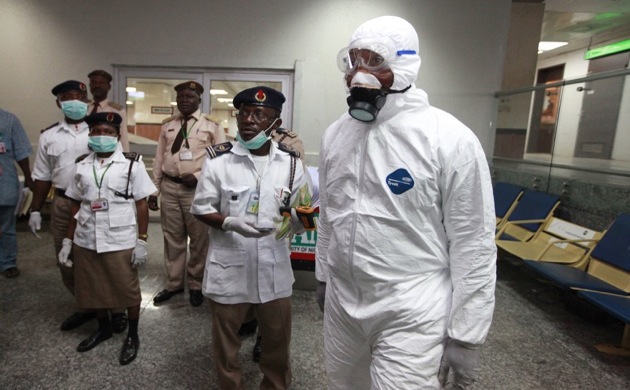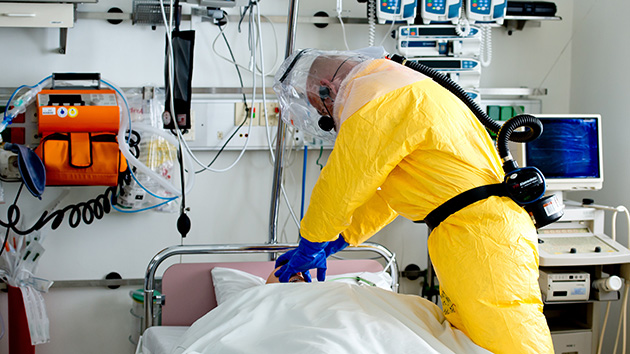
ZUMA Press
Update, Tuesday, November 11: Craig Spencer has been declared Ebola-free and was released from the hospital Tuesday.
The New York Times reports Craig Spencer, a Doctors Without Borders physician who had recently been to West Africa to help treat Ebola patients, has tested positive for the disease. Spencer is the first person in New York to be diagnosed.
As Spencer’s identity had been confirmed late Thursday afternoon, it became known he had been bowling in Brooklyn on Wednesday, traveling via an Uber ride to and from Manhattan.
“Ebola is very difficult to contract, being on the same subway car or living near someone with Ebola does not put someone at risk,” de Blasio told reporters at a news conference Thursday evening.
Since coming back to the United States on October 14th, the city’s health commissioner, Dr. Mary Bassett, confirmed Spencer used the subway’s A, 1, and L lines and bowled at The Gutter in Williamsburg. Bassett said the city has been preparing for the possibility of an outbreak for the past few weeks, with Cuomo emphasizing healthcare workers have been well-trained for such an event.
Earlier Thursday, Spencer was taken to Bellevue Hospital in Manhattan after suffering from Ebola-like symptoms, including a 100.3 fever and nausea. The health department’s initial report Spencer had a 103 degree fever was corrected on Friday.
The New York City Health Department released a statement indicating Spencer had returned to the United States within the past 21 days.
The patient was transported by a specially trained HAZ TAC unit wearing Personal Protective Equipment (PPE). After consulting with the hospital and the CDC, DOHMH has decided to conduct a test for the Ebola virus because of this patient’s recent travel history, pattern of symptoms, and past work. DOHMH and HHC are also evaluating the patient for other causes of illness, as these symptoms can also be consistent with salmonella, malaria, or the stomach flu.
The New York Post first identified Spencer, who returned from Guinea on October 14 and reported his fever this morning.
CNN producer Vaughn Sterling tweeted the following:
BREAKING: Possible NYC #Ebola didn’t self-quarantine; took an über to Williamsburg bowling alley yesterday; now has fever/pain/nausea
— Vaughn Sterling (@vplus) October 23, 2014
Reminder, refrain from panicking. This post has been updated throughout.

